In the shadows of the illegal wildlife trade lurks a devastating reality for one of nature’s most unique creatures. Pangolins—scaly, nocturnal mammals that resemble artichokes on legs—have earned the unfortunate distinction of being the world’s most trafficked mammals. These gentle insectivores face an existential threat so severe that all eight species are now listed as either vulnerable, endangered, or critically endangered. Despite their prehistoric appearance and remarkable adaptations that have allowed them to survive for 80 million years, pangolins may disappear within our lifetime due to unprecedented human exploitation. This article explores the multifaceted crisis facing pangolins, examining why these extraordinary animals have become the prime targets of wildlife trafficking networks that span continents.
The Pangolin’s Unique Biological Features
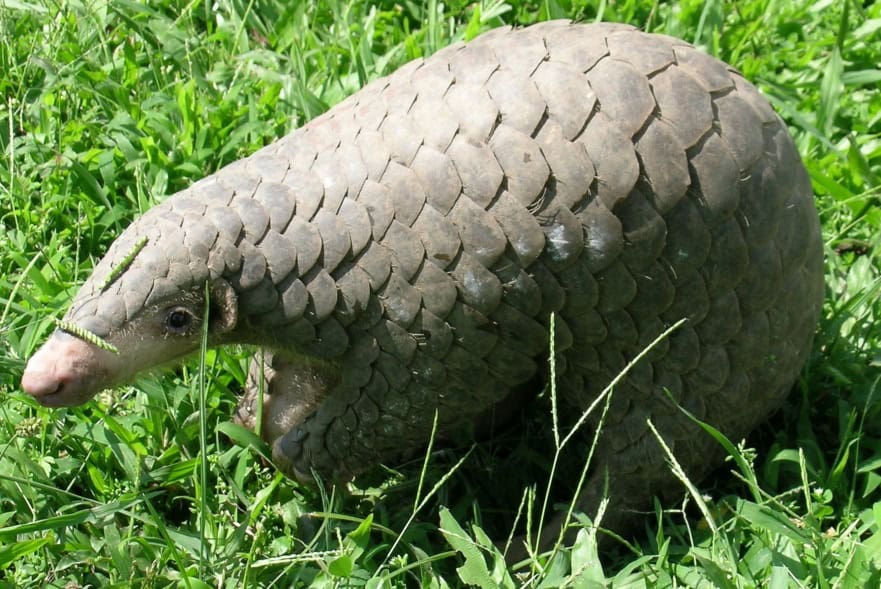
Pangolins possess one of the animal kingdom’s most distinctive appearances. Their bodies are covered in overlapping keratin scales—the same material that forms human fingernails—creating a protective armor that comprises about 20% of their total body weight. When threatened, pangolins roll into a tight ball, presenting an impenetrable defense against most predators. They are the only truly scaly mammals on Earth, with species ranging in size from the small African white-bellied pangolin weighing about 3.5 pounds to the giant ground pangolin that can reach up to 75 pounds. Their specialized anatomy includes powerful claws for digging into termite mounds and ant nests, and an extraordinarily long, sticky tongue that can extend up to 16 inches—longer than their entire body in some species—perfectly adapted for their insectivorous diet. These remarkable adaptations have allowed pangolins to occupy their ecological niche for millions of years, yet offer little protection against their most dangerous predator: humans.
Geographic Distribution and Species Diversity
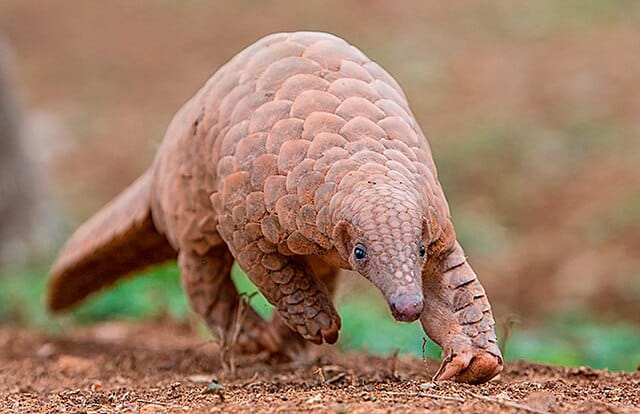
Pangolins inhabit diverse ecosystems across two continents. Four species are native to Asia: the Chinese, Sunda, Philippine, and Indian pangolins. The remaining four species—the giant ground, white-bellied, black-bellied, and Temminck’s ground pangolins—are found throughout sub-Saharan Africa. Each species has adapted to its specific habitat, from tropical forests to savannas and woodlands. The Asian species tend to be more arboreal, while African pangolins are primarily terrestrial, though some can climb trees with remarkable agility. This geographic spread initially provided some natural protection through isolation, but as Asian pangolin populations have been decimated by poaching, traffickers have increasingly turned to African species to meet demand. This shift demonstrates the global nature of the crisis and highlights how local extinctions can drive exploitation across continents as poachers seek new sources to supply persistent markets.
The Scale of the Trafficking Crisis
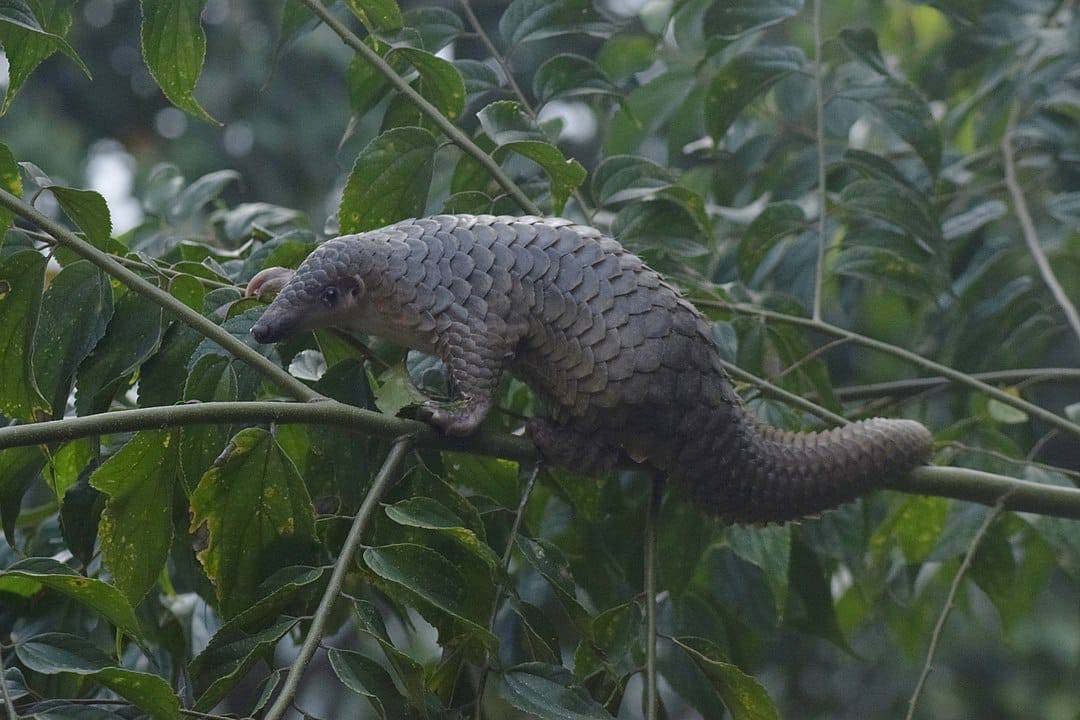
The magnitude of pangolin trafficking is staggering. Conservative estimates suggest that more than one million pangolins have been trafficked in the past decade alone, though the actual number is likely much higher given the clandestine nature of wildlife crime. Between 2016 and 2019, customs officials seized shipments representing approximately 206,000 pangolins, according to TRAFFIC, the wildlife trade monitoring network. In 2019, Singapore made the largest single seizure in history: 11.9 tons of pangolin scales from approximately 2,000 pangolins. These figures represent only the intercepted contraband—experts believe this may represent as little as 10% of the actual trade volume. The International Union for Conservation of Nature (IUCN) estimates that a pangolin is poached from the wild every five minutes, perpetuating a crisis that threatens to drive these ancient animals to extinction within a generation if current trends continue.
Demand for Pangolin Scales in Traditional Medicine

The primary driver behind pangolin trafficking is the demand for their scales in traditional Asian medicine, particularly in China and Vietnam. Despite lacking scientific evidence supporting their efficacy, pangolin scales are believed to treat a variety of conditions, including arthritis, cancer, asthma, and lactation problems. The scales are typically dried, roasted, and ground into powder or used in pills. This medicinal use dates back centuries in traditional pharmacopeias, but the commercialization and industrialization of traditional medicine has exponentially increased demand. Scales can fetch up to $3,000 per kilogram on black markets. Unlike rhino horn or elephant ivory, where demand is primarily driven by display of wealth, pangolin scale use is deeply embedded in cultural medical practices. This medicinal demand presents unique challenges for conservation efforts, as it involves changing deeply held beliefs about health and healing in addition to enforcing wildlife protection laws.
Pangolin Meat as a Luxury Delicacy

Beyond medicinal use, pangolin meat has become a high-status delicacy in parts of Asia, particularly in China and Vietnam, where it may sell for up to $350 per kilogram. The consumption of pangolin meat is often associated with displays of wealth and social status, making it a staple at expensive banquets and exclusive restaurants. In some communities, pangolins are considered “exotic meat” with supposed health benefits. The practice of serving pangolin involves specific rituals in certain establishments, where the animal may be presented live to diners before preparation to demonstrate freshness—a particularly cruel practice that adds another dimension of suffering to these animals. This gastronomic demand creates a separate market that overlaps with the medicinal trade, amplifying the overall trafficking pressure. Restaurant raids in urban centers have occasionally uncovered pangolins kept alive in kitchens, waiting to be slaughtered for wealthy patrons willing to pay premium prices for this illegal delicacy.
Trafficking Routes and Criminal Networks
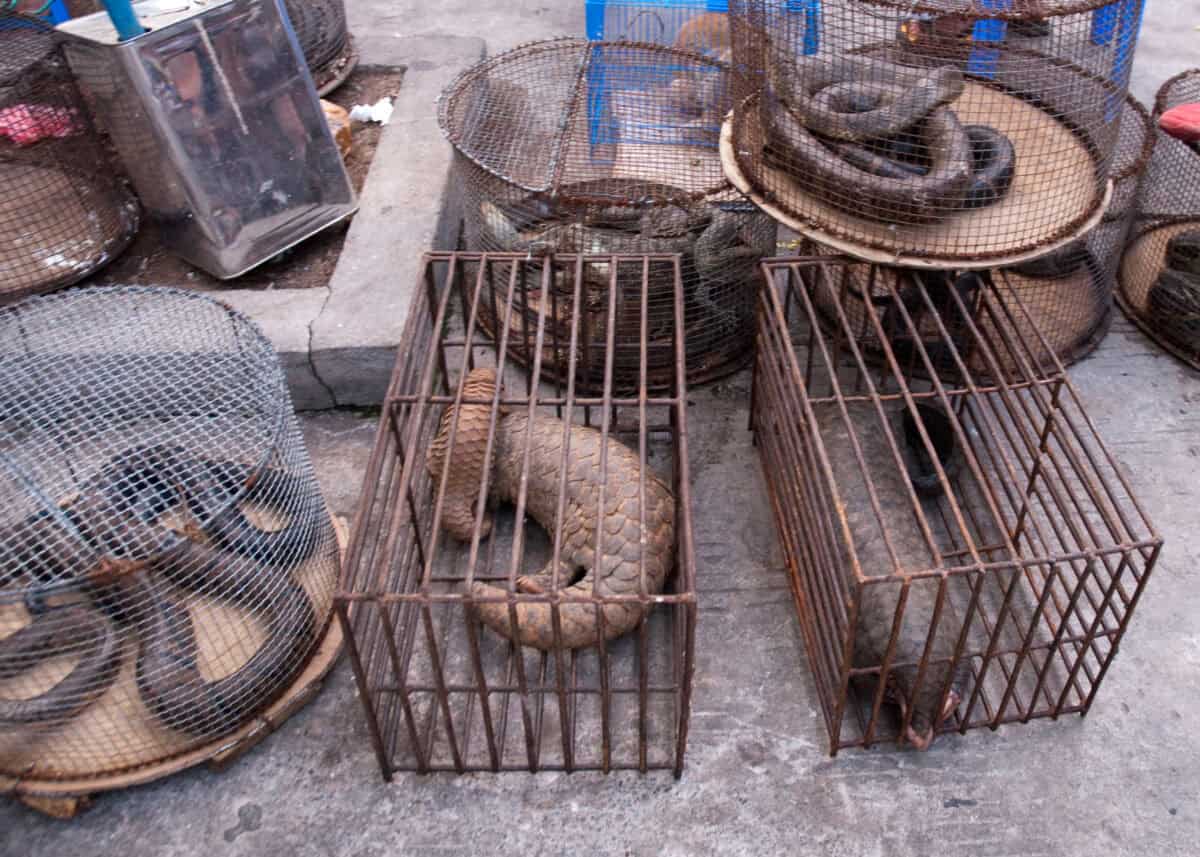
Pangolin trafficking involves sophisticated criminal networks spanning continents. Primary routes flow from Africa to Asia, with major transit hubs in Singapore, Hong Kong, and Vietnam. Poachers in countries like Cameroon, Nigeria, and the Democratic Republic of Congo capture pangolins and sell them to middlemen who arrange international transport. Shipments often travel through circuitous routes to avoid detection, frequently mixed with legal goods or other contraband. The high value-to-weight ratio of pangolin scales makes them an attractive commodity for smugglers. Criminal syndicates involved in pangolin trafficking frequently engage in other illegal activities, including narcotics, weapons, and human trafficking, using the same smuggling channels. The United Nations Office on Drugs and Crime has identified wildlife trafficking, including the pangolin trade, as one of the world’s most profitable illicit enterprises, generating billions in illegal proceeds annually and funding broader criminal activities that undermine security and governance across multiple regions.
Legal Protections and Their Limitations

In 2016, all eight pangolin species received the highest level of protection under the Convention on International Trade in Endangered Species of Wild Fauna and Flora (CITES), effectively banning all international commercial trade. Additionally, many range states have enacted domestic legislation protecting pangolins. China, a primary consumer country, officially removed pangolin scales from its list of approved ingredients for traditional medicine in 2020. Despite these legal protections, enforcement remains problematic. Many range countries lack sufficient resources for wildlife protection, with limited personnel monitoring vast areas. Corruption within enforcement agencies can further undermine conservation efforts. When traffickers are apprehended, penalties are often insufficient to serve as effective deterrents compared to the substantial profits available. The transnational nature of trafficking networks also complicates prosecution, requiring international cooperation that is often lacking. These limitations illustrate the gap between legal protection on paper and effective conservation outcomes in practice, highlighting the need for stronger implementation and enforcement mechanisms.
The COVID-19 Connection and Zoonotic Disease Risk
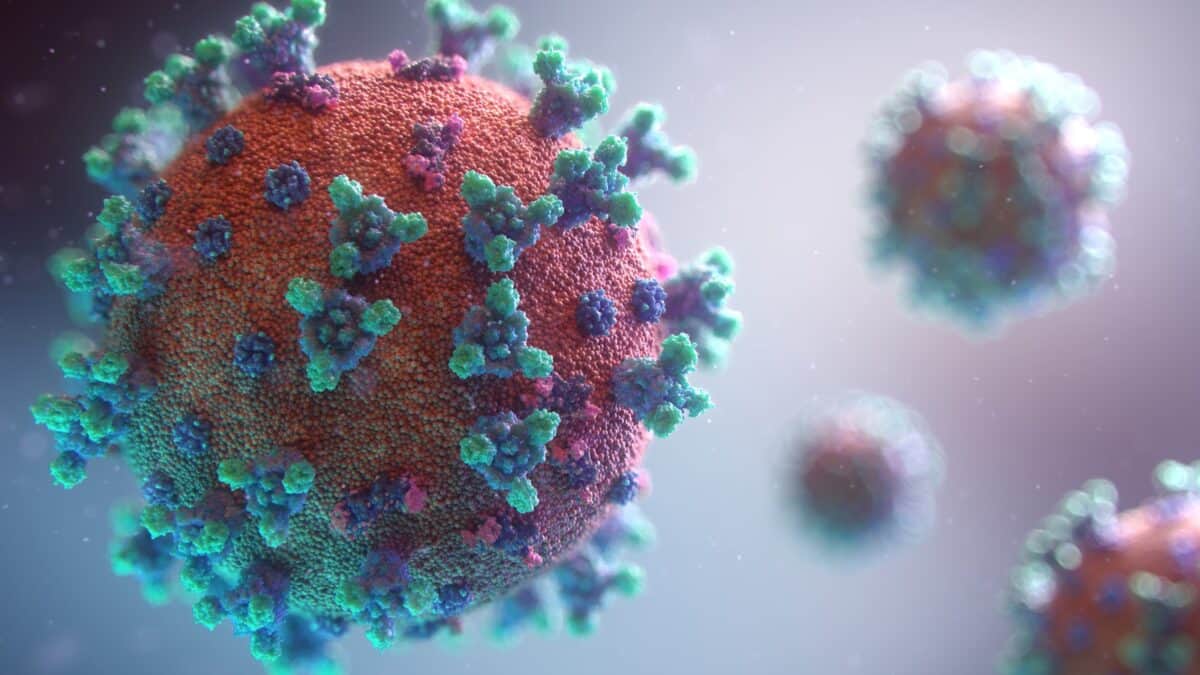
Pangolins gained international attention during the COVID-19 pandemic when early research suggested they might have been an intermediate host for SARS-CoV-2 between bats and humans. While subsequent research has not conclusively established pangolins as the source of the human outbreak, these mammals are known to carry coronaviruses related to those that cause human disease. This connection underscores the zoonotic disease risks associated with wildlife trafficking and consumption. The conditions under which pangolins are captured, transported, and kept—often in crowded, unsanitary cages alongside other wildlife—create ideal environments for viral mutation and transmission. The pangolin trade exemplifies how the exploitation of wildlife not only threatens biodiversity but also creates significant public health risks through potential zoonotic spillover events. Despite heightened awareness of these risks following the pandemic, the pangolin trade continues, demonstrating how deeply entrenched demand can persist even in the face of global health crises with possible links to wildlife exploitation.
Ecological Consequences of Pangolin Decline
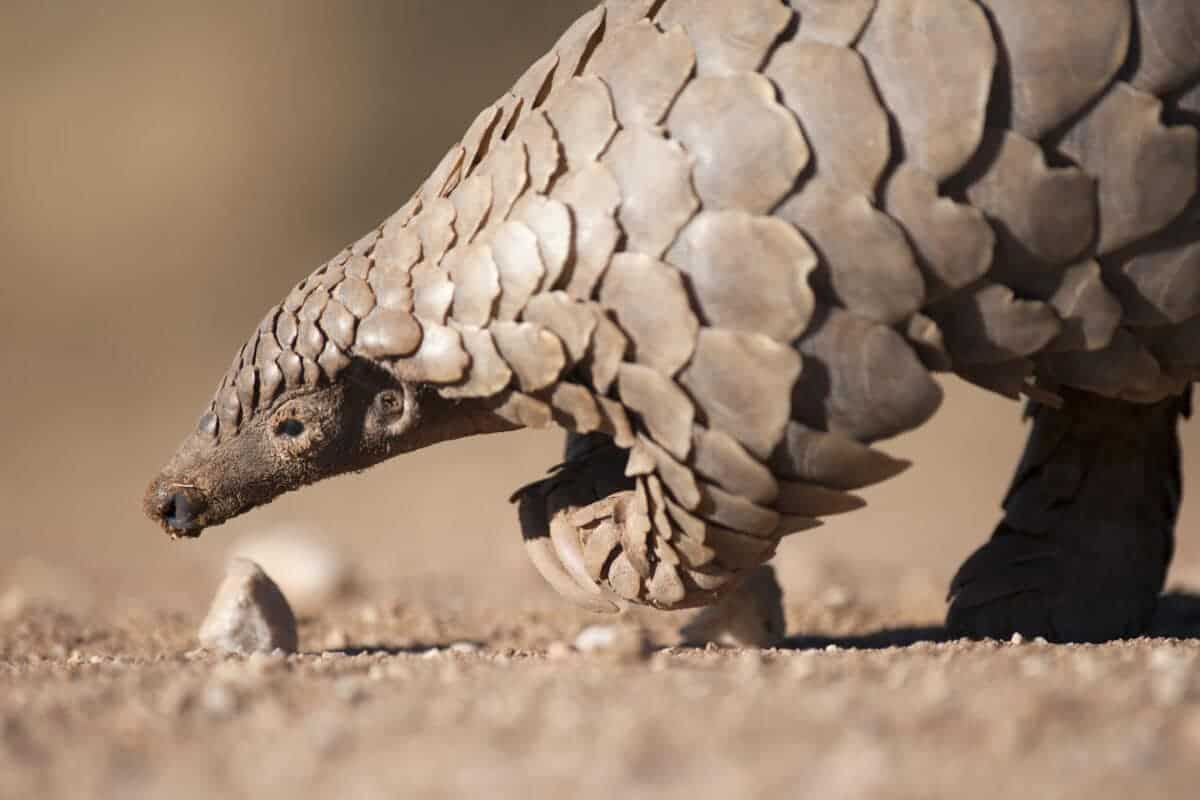
Pangolins play a crucial ecological role as specialized insectivores. A single pangolin can consume up to 70 million insects annually, primarily ants and termites, making them natural pest controllers in their native ecosystems. Their digging behaviors during foraging aerate soil, improve nutrient cycling, and create microhabitats that benefit other species. As they disappear from their native ranges, ecological imbalances emerge. Some regions have reported increases in destructive termite activity following pangolin population declines. Their burrows, which can extend 11 feet underground, provide shelter for numerous other animals when abandoned. The cascading effects of removing these ecosystem engineers ripple through their habitats, potentially altering vegetation patterns and soil chemistry. Unlike some charismatic megafauna whose ecological roles might be partially filled by other species, pangolins occupy a specialized niche with few functional equivalents, making their potential extinction particularly disruptive to ecological communities throughout Africa and Asia.
Conservation Challenges and Rehabilitation Efforts

Pangolins present unique conservation challenges. They are notoriously difficult to breed in captivity, with high mortality rates and low reproductive success in conventional zoo settings. Their specialized diet and sensitive nature make long-term care challenging even for experienced wildlife rehabilitators. Organizations like the Pangolin Conservation Working Group and Save Vietnam’s Wildlife have established specialized rehabilitation facilities for confiscated pangolins, developing expertise in their care. These centers have pioneered techniques for treating traumatized and malnourished pangolins recovered from trafficking operations. Research on pangolin ecology, behavior, and population dynamics remains limited compared to other threatened mammals, creating knowledge gaps that hamper conservation planning. Their nocturnal, secretive nature makes population monitoring difficult, with researchers often relying on indirect evidence like burrow counts or camera traps. Conservation efforts are further complicated by the pangolin’s slow reproductive rate—females typically produce just one offspring annually—making population recovery a slow process even under ideal conditions.
Innovative Approaches to Combat Trafficking

Conservationists are developing innovative solutions to address the pangolin trafficking crisis. Advanced detection technologies, including trained detection dogs and DNA testing, are strengthening enforcement at ports and borders. Sniffer dogs have proven particularly effective, with some capable of detecting pangolin scales even when concealed among other goods. Genetic testing allows authorities to identify the species and geographic origin of seized pangolin products, helping map trafficking networks. Community-based conservation initiatives in range states engage local populations as guardians rather than exploiters of pangolins. These programs provide alternative livelihoods and economic incentives for protection. Organizations like the Tikki Hywood Foundation train “pangolin guardians” who care for rescued pangolins during rehabilitation, creating employment while building local expertise. Technology also plays an increasing role, with some projects using artificial intelligence to analyze patterns in seizure data, predicting trafficking routes and hotspots. These multi-faceted approaches recognize that successful conservation requires addressing both supply and demand sides of the trafficking equation.
Demand Reduction and Public Awareness

Ultimately, saving pangolins requires reducing demand for their products. Conservation organizations are implementing targeted awareness campaigns in consumer countries, particularly in urban centers of China and Vietnam. These efforts aim to dispel misconceptions about the medicinal properties of pangolin scales and highlight the ecological importance of these animals. Celebrity endorsements have proven effective in some regions, with well-known figures publicly rejecting pangolin products. Educational initiatives in schools foster a conservation ethic in younger generations. Some campaigns specifically target traditional medicine practitioners, encouraging the use of legal, sustainable alternatives to pangolin derivatives. Research suggests awareness is growing—a 2018 survey in China found that 80% of respondents believed consuming pangolin products was illegal, compared to just 50% in 2012. However, changing deeply entrenched cultural practices and beliefs remains a long-term challenge requiring persistent engagement. The most successful approaches combine informational components with emotional appeals that position pangolin protection as a matter of national pride and global responsibility.
The crisis facing pangolins represents one of the most urgent conservation challenges of our time, requiring coordinated global action across multiple fronts. Success will depend on strengthening enforcement against trafficking networks while simultaneously reducing demand through education and awareness campaigns that respect cultural sensitivities while promoting change. The fate of pangolins also highlights broader issues in our relationship with wildlife and natural resources, serving as a poignant reminder of how human activities are driving unprecedented biodiversity loss. Despite the daunting scale of the challenge, recent conservation successes offer hope—increased international cooperation, greater media attention, and growing public concern are creating momentum for pangolin protection. Ultimately, saving these remarkable animals from trafficking will require sustained commitment from governments, conservation organizations, local communities, and individuals around the world who recognize that the loss of pangolins would represent not just an ecological tragedy but a profound moral failure to protect one of Earth’s most distinctive and ancient mammalian lineages.
- The Coldest Town in America—And How People Survive There - August 9, 2025
- How Some Birds “Steal” Parenting Duties From Others - August 9, 2025
- 12 Deep-Sea Creatures You Won’t Believe Exist - August 9, 2025

